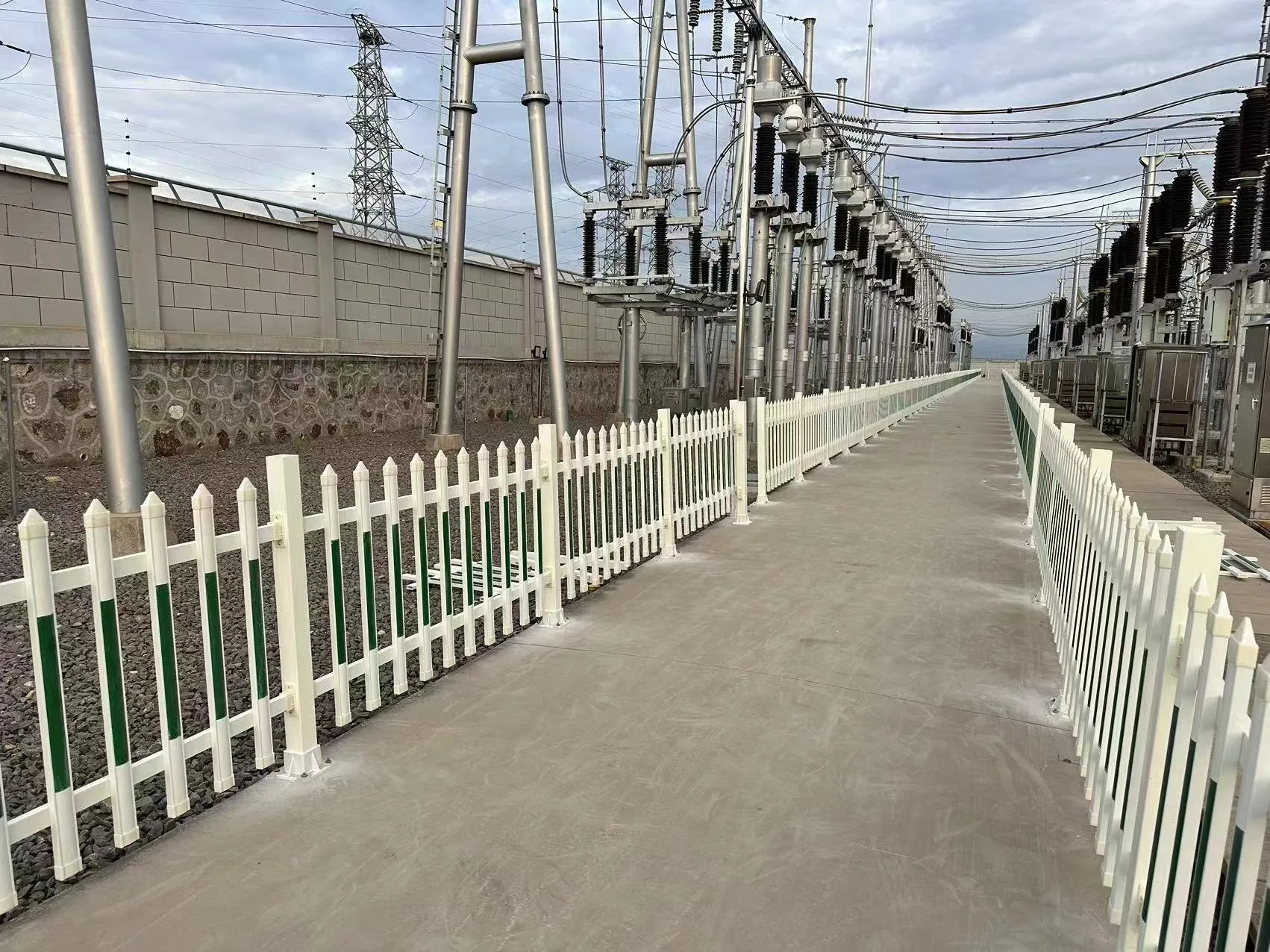loading...
- No. 9, Xingyuan South Street, Dongwaihuan Road, Zaoqiang County, Hengshui, Hebei, China
- admin@zjcomposites.com
- +86 15097380338
- Welcome to visit our website!
Fast Reverse Proxy - FRP
Exploring the Benefits of FRP Post in Modern Construction
Fiber Reinforced Polymer (FRP) posts have emerged as a transformative solution in the field of construction and engineering. As the demand for durability, lightweight materials, and sustainability increases, FRP posts offer a wide array of benefits that make them an ideal choice for various applications.
One of the most significant advantages of FRP posts is their strength-to-weight ratio. Unlike traditional materials such as steel and concrete, FRP is much lighter, making it easier to handle and install. This characteristic not only reduces labor costs but also minimizes transportation expenses. The lightweight nature of FRP posts leads to a lower overall project weight, which is particularly beneficial in structures where load limitations are critical.
.
In terms of sustainability, FRP posts offer an eco-friendly alternative to traditional materials. They can be produced using recycled materials, and their lightweight nature contributes to lower energy consumption during transport and installation. Furthermore, the longevity of FRP reduces the need for frequent replacements, thus minimizing waste and resource use over time.
frp post

FRP posts are also adaptable to various design specifications. They can be molded into different shapes and sizes, enabling architects and engineers to create innovative designs without compromising on structural integrity. This versatility makes FRP posts an attractive option for projects ranging from bridges and buildings to marine applications and outdoor structures.
Moreover, the aesthetic appeal of FRP can enhance the visual aspect of any project. With a smooth finish and a variety of colors available, FRP posts can be seamlessly integrated into architectural designs, providing both functional support and aesthetic value.
Finally, the safety characteristics of FRP posts are noteworthy. They have excellent electrical insulation properties, making them suitable for applications where electrical conductivity is a concern. Their non-combustible nature also provides added safety in fire-prone areas.
In conclusion, the use of FRP posts in modern construction is revolutionizing the industry. Their lightweight, durable, and sustainable characteristics make them an optimal choice for a diverse range of applications. As advancements in technology continue to evolve, the utilization of FRP is likely to expand, opening new possibilities in construction and engineering. Embracing these innovative materials not only enhances project outcomes but also contributes to a more sustainable future.
-
Revolutionizing Industrial Safety with ZJ Composites' Mini Mesh GratingNewsNov.14,2025
-
Premium FRP Profiles and FRP Grating Revolution for Global WholesalersNewsNov.14,2025
-
Ultimate Strength with ZJ Composites FRP Profiles for Wholesale SuccessNewsNov.14,2025
-
ZJ Composites Covered Grating – The Durable Flooring Solution for Smarter Industrial SpacesNewsNov.14,2025
-
Mini Mesh Grating Enhancing Strength and Style in Every ProjectNewsNov.14,2025
-
FRP Pressure Vessels by ZJ CompositesNewsNov.14,2025
-
Transforming Industrial Spaces with Advanced Frp GratingNewsNov.11,2025
